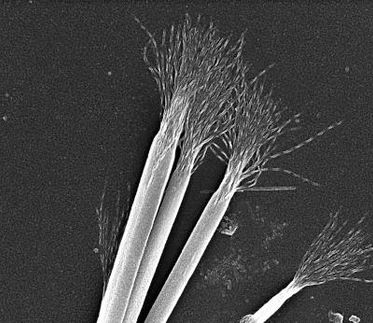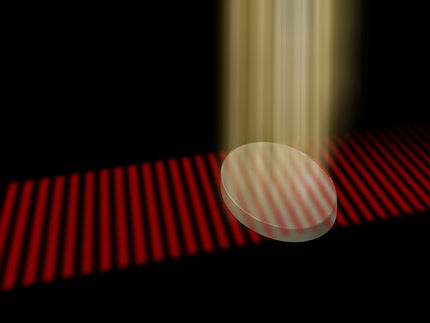Engineers give optical switches the 'contrast' of electronic transistors
Current computer systems represent bits of information, the 1's and 0's of binary code, with electricity. Circuit elements, such as transistors, operate on these electric signals, producing outputs that are dependent on their inputs.
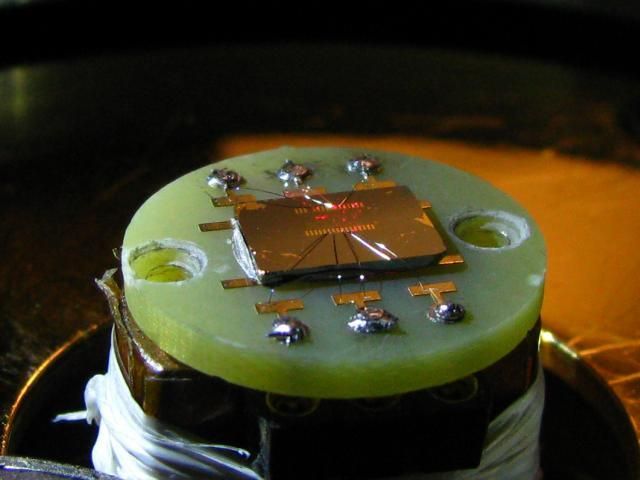
Ritesh Agarwal's research on photonic computing has been focused on finding the right combination and physical configuration of materials that can amplify and mix light waves in ways that are analogous to electronic computer components. In a paper published in Nature Communications, he and his colleagues have taken an important step: precisely controlling the mixing of optical signals via tailored electric fields, and obtaining outputs with a near perfect contrast and extremely large on/off ratios. Those properties are key to the creation of a working optical transistor.
Sajal Dhara
As fast and powerful as computers have become, Ritesh Agarwal, professor in the Department of Materials Science and Engineering in the University of Pennsylvania's School of Engineering and Applied Science, knows they could be more powerful. The field of photonic computing aims to achieve that goal by using light as the medium.
Agarwal's research on photonic computing has been focused on finding the right combination and physical configuration of materials that can amplify and mix light waves in ways that are analogous to electronic computer components.
He and his colleagues have taken an important step: precisely controlling the mixing of optical signals via tailored electric fields, and obtaining outputs with a near perfect contrast and extremely large on/off ratios. Those properties are key to the creation of a working optical transistor.
"Currently, to compute '5+7,' we need to send an electrical signal for '5' and an electrical signal for '7,' and the transistor does the mixing to produce an electrical signal for '12,'" Agarwal said. "One of the hurdles in doing this with light is that materials that are able to mix optical signals also tend to have very strong background signals as well. That background signal would drastically reduce the contrast and on/off ratios leading to errors in the output."
With background signals washing out the intended output, necessarily computational qualities for optical transistors, such as their on/off ratio, modulation strength and signal mixing contrast have all been extremely poor. Electric transistors have high standards for these qualities to prevent errors.
The search for materials that can serve in optical transistors is complicated by additional property requirements. Only "nonlinear" materials are capable of this kind of optical signal mixing.
To address this issue, Agarwal's research group started by finding a system which has no background signal to start: a nanoscale "belt" made out of cadmium sulfide. Then, by applying an electrical field across the nanobelt, Agarwal and his colleagues were able to introduce optical nonlinearities to the system that enable a signal mixing output that was otherwise zero.
"Our system turns on from zero to extremely large values, and hence has perfect contrast, as well as large modulation and on/off ratios," Agarwal said. "Therefore, for the first time, we have an optical device with output that truly resembles an electronic transistor."
With one of the key components coming into focus, the next steps toward a photonic computer will involve integrating them with optical interconnects, modulators, and detectors in order to demonstrate actual computation.
Original publication
Other news from the department science
These products might interest you
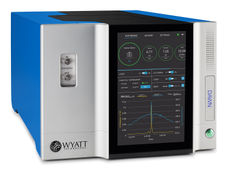
DAWN® by Wyatt Technology
The instrument for Multi-Angle Light Scattering (MALS): The DAWN® from Wyatt Technology
The world's most advanced light scattering instrument for absolute characterization of macromolecules
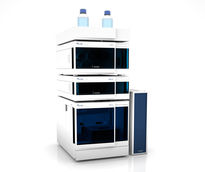
AZURA Analytical HPLC by KNAUER
Maximize your analytical efficiency with customized HPLC system solutions
Let your application define your analytical system solution

Get the chemical industry in your inbox
By submitting this form you agree that LUMITOS AG will send you the newsletter(s) selected above by email. Your data will not be passed on to third parties. Your data will be stored and processed in accordance with our data protection regulations. LUMITOS may contact you by email for the purpose of advertising or market and opinion surveys. You can revoke your consent at any time without giving reasons to LUMITOS AG, Ernst-Augustin-Str. 2, 12489 Berlin, Germany or by e-mail at revoke@lumitos.com with effect for the future. In addition, each email contains a link to unsubscribe from the corresponding newsletter.
